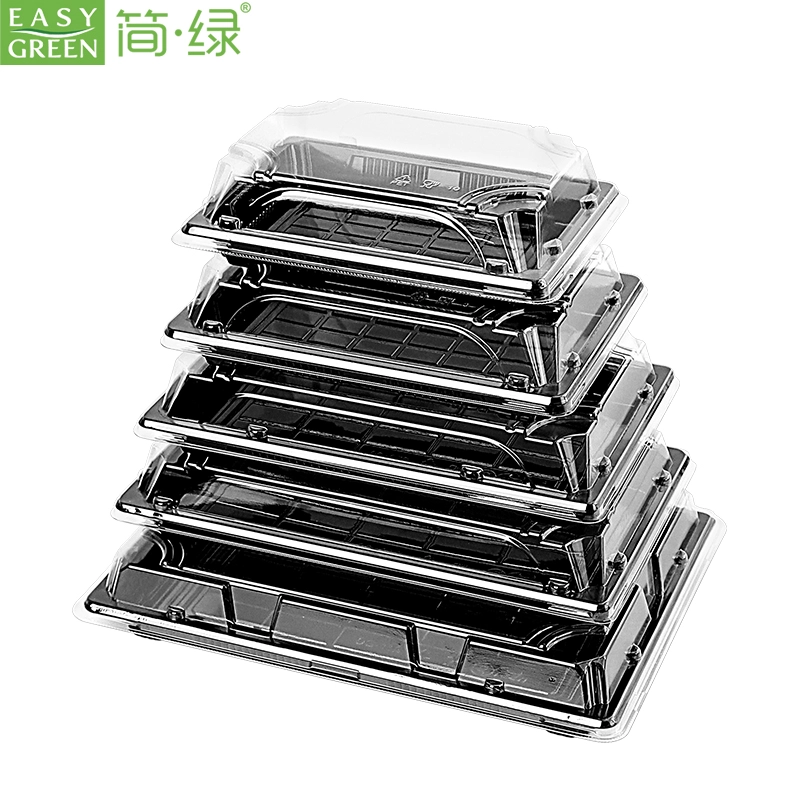In the ever-evolving landscape of sustainable practices, schools and cafeterias are taking a step towards eco-consciousness by embracing the use of Kraft paper food boxes. This green revolution is not just about minimizing waste; it's a shift towards fostering environmental responsibility and instilling a sense of sustainability in the next generation. Let's explore how these humble yet impactful boxes are transforming the way students experience meals at school.
Reducing Environmental Footprint: The Power of Kraft Paper
Traditional single-use plastic containers have long been a staple in school cafeterias, contributing to the global issue of plastic pollution. Kraft paper food boxes, on the other hand, offer a sustainable alternative. Made from renewable resources, these boxes are biodegradable and compostable, significantly reducing the environmental impact associated with disposable food packaging. Schools adopting Kraft paper boxes are not just serving meals; they are serving a lesson in environmental stewardship.
Encouraging Healthy Eating Habits: A Visual Feast in a Box
The presentation of food plays a crucial role in enticing students to make healthier choices. Kraft paper food boxes provide a visually appealing and Instagram-worthy canvas for nutritious meals. From colorful salads to vibrant wraps, these boxes not only keep food fresh but also showcase it in a way that makes healthy eating more enticing. As students open their lunch boxes, they are greeted not just by a meal but by a visually stimulating and appetizing experience.
Practicality Meets Sustainability: The Convenience of Kraft Paper Boxes
In the fast-paced environment of school cafeterias, convenience is key. Kraft paper food boxes strike the perfect balance between practicality and sustainability. They are lightweight, easy to stack, and feature secure closures, making them ideal for quick and efficient food service. The boxes are also microwave-safe, ensuring that students can easily heat up their meals without the need for additional containers, promoting a hassle-free dining experience.
Education Beyond the Classroom: A Lesson in Sustainability
The adoption of Kraft paper food boxes in schools goes beyond the lunch table; it becomes a tangible lesson in sustainability. As students interact with these eco-friendly containers daily, they become more conscious of their environmental impact. This hands-on experience teaches them the importance of making choices that align with a greener future. It's not just about what's on their plate; it's about understanding the broader impact of their daily decisions on the planet.
Community and Collaboration: A Shared Commitment to Sustainability
The shift to Kraft paper food boxes in schools and cafeterias is not a solitary effort. It reflects a broader commitment to sustainability within the community. Parents, teachers, and administrators collaborate to create an environment that values eco-friendly practices. This shared commitment fosters a sense of responsibility and community pride, as everyone plays a role in reducing the ecological footprint of the school.
In conclusion, the embrace of Kraft paper food boxes in schools and cafeterias signifies more than just a change in packaging. It marks a transformative shift towards sustainability, education, and community involvement. As these eco-friendly boxes become a staple in student dining, they are sowing the seeds for a generation that understands the importance of making choices that nurture both personal well-being and the health of the planet. Schools and cafeterias are not just serving meals; they are serving as stewards of a greener, healthier future.
 English
English 






